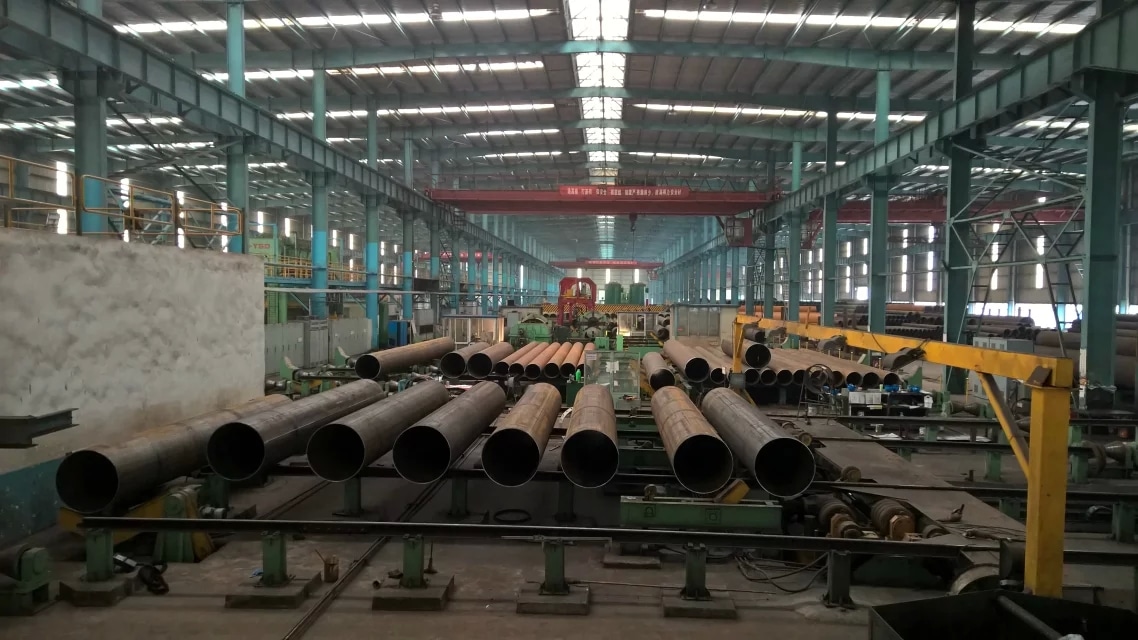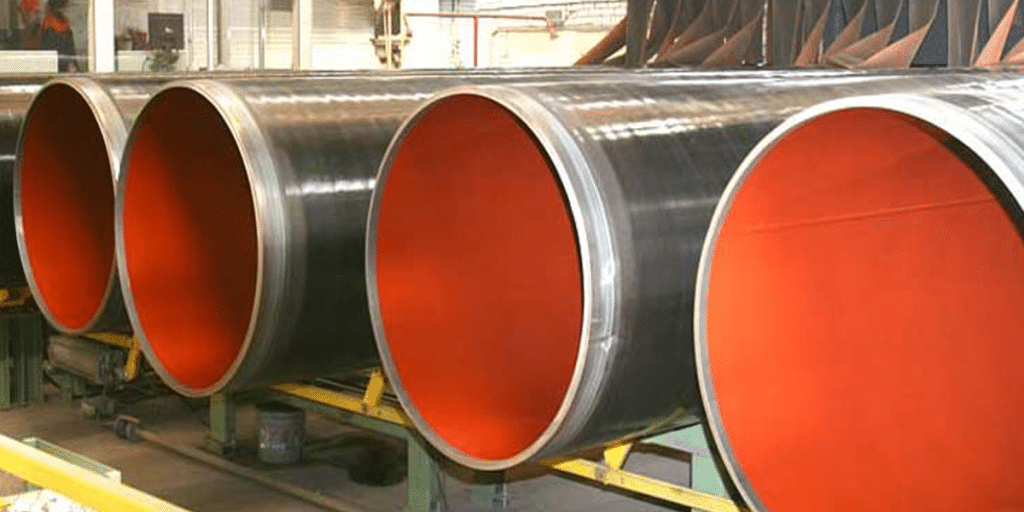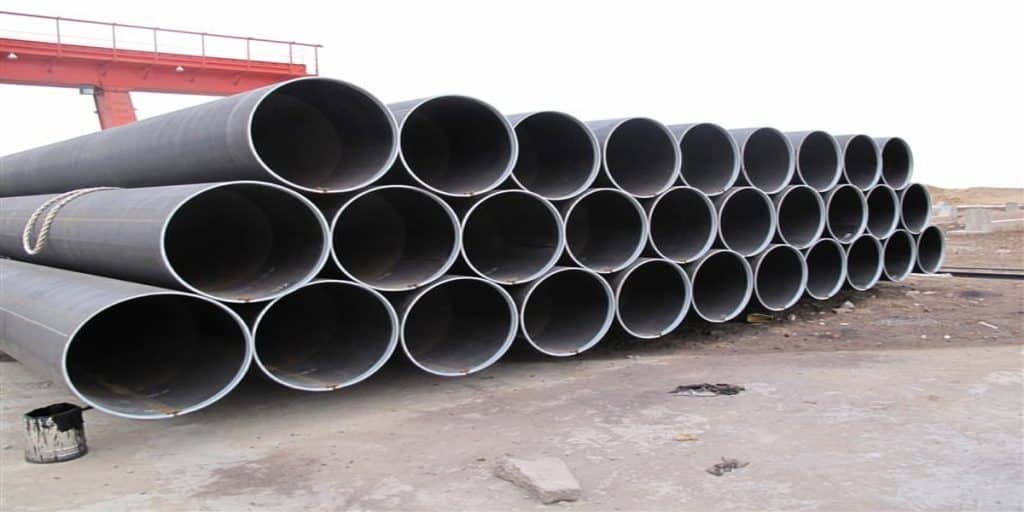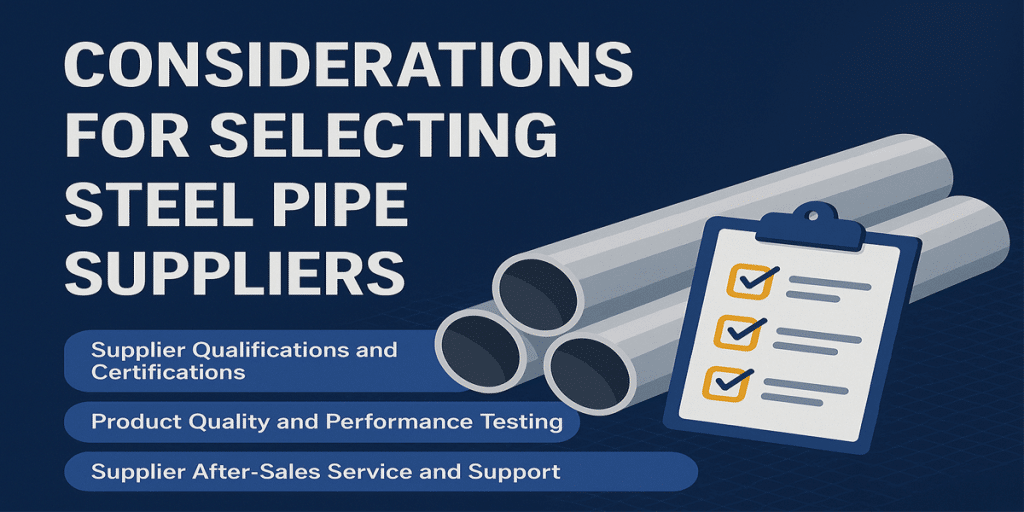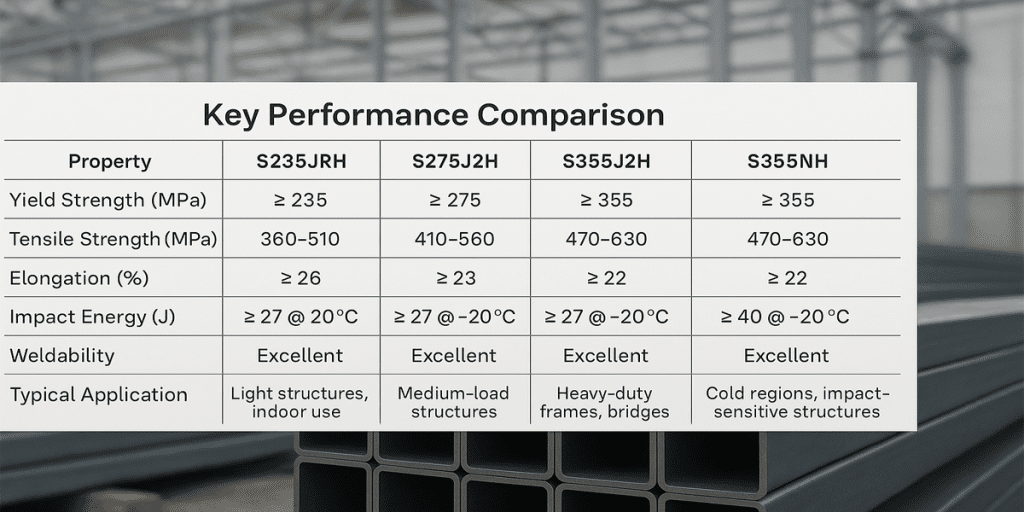- 1. I. Welding Process Requirements: Controlling Quality from the Source
- 2. II. Non-Destructive Testing (NDT) Requirements: The Second Line of Defense for Hidden Danger Prevention and Control
- 3. III. Certification System for Steel Pipe Manufacturers: Systematic Support for Quality Assurance
- 4. IV. Summary: Choose Compliant Manufacturers to Ensure Project Safety
Understanding EN10219 Welding Requirements and Testing Standards
In the field of cold-formed welded structural hollow sections, the EN 10219 standard is a highly authoritative European specification. Its strict regulations on EN10219 welding requirements and testing standards are crucial for ensuring the quality and safe application of steel pipes. For steel pipe manufacturers, purchasers, and relevant engineering practitioners, a thorough understanding of these contents is of great significance.

I. Welding Process Requirements: Controlling Quality from the Source
In the EN 10219 system, welding quality is regarded as a key factor in structural strength, and the standard requires manufacturers to have the following welding control capabilities:
Welding processes comply with ISO 15614 or equivalent standards
EN 10219 emphasizes the compliance of Welding Procedure Qualification Records (WPQR). Manufacturers need to complete welding procedure qualifications in accordance with the ISO 15614 series of standards to ensure the applicability of different material combinations, thicknesses, and welding methods.
Qualification certification of welding personnel
Technicians engaged in welding operations must obtain welder qualification certificates in accordance with standards such as ISO 9606-1, ensuring that operators have sufficient skills to control welding quality.
Continuous welding and full penetration control
EN 10219 steel pipes usually adopt processes such as Electric Resistance Welding (ERW) or Submerged Arc Welding (SAW). The standard requires that welds must be continuous, uniform, and have a good geometric shape. For structures subject to dynamic loads, full penetration welds are also required to avoid defects such as slag inclusion and incomplete fusion.
II. Non-Destructive Testing (NDT) Requirements: The Second Line of Defense for Hidden Danger Prevention and Control
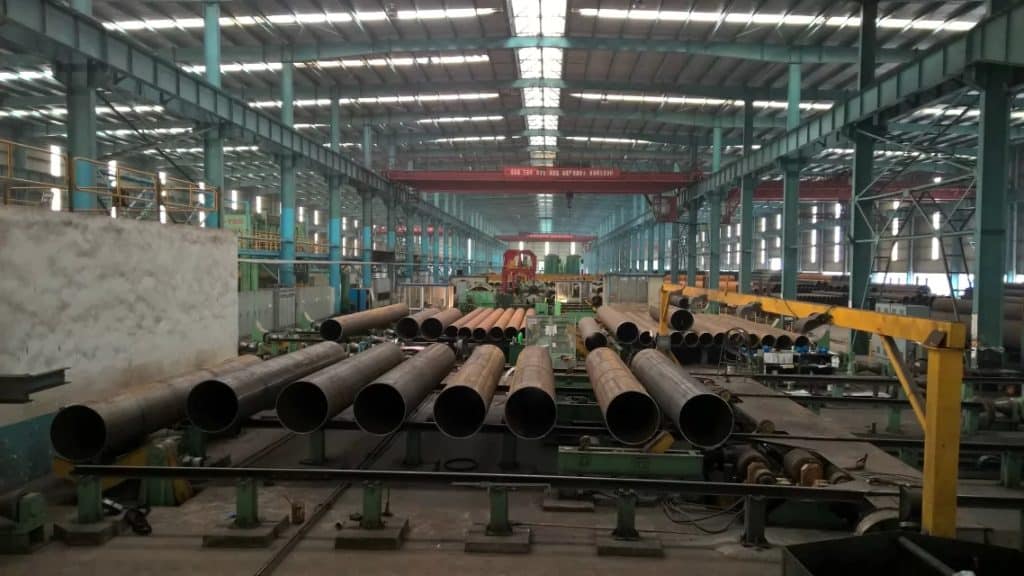
After welding, the EN 10219 standard puts forward clear Non-Destructive Testing (NDT) requirements to ensure that there are no defects inside the weld:
Ultrasonic Testing (UT) or Eddy Current Testing (ET)
For mass-produced welded steel pipes, the standard allows the use of online ultrasonic or eddy current automatic testing systems to monitor weld defects in real-time, such as cracks, pores, and slag inclusions. This testing method is efficient and reliable, and is key to ensuring continuous welding quality.
Radiographic Testing (RT) or Magnetic Particle Testing (MT)
For steel pipes used in high-stress or specific structural applications, additional Radiographic Testing (RT) or Magnetic Particle Testing (MT) can be conducted. Especially when customers require 100% weld inspection, RT is still the most convincing method, which can effectively reveal hidden defects inside the weld.
Testing Frequency and Sampling Rate
The standard allows manufacturers to adopt sampling inspection methods according to production scale and stability. High-grade steels (such as S355J2H) or steel pipes used in important structures often need to increase the testing frequency, or even implement one-by-one inspection.
III. Certification System for Steel Pipe Manufacturers: Systematic Support for Quality Assurance
To meet the welding and non-destructive testing requirements of EN 10219, qualified manufacturers usually have the following certification systems:
ISO 9001 Quality Management System
Having ISO 9001 certification is the foundation for implementing the EN 10219 standard, representing that manufacturers can control and trace the entire process from design, raw material procurement, welding, testing to delivery.
EN 1090 Factory Production Control (FPC) Certification
Especially for export to the EU market, EN 1090 certification indicates that manufacturers have the ability to perform welding, non-destructive testing, and quality control according to structural grades, and can issue CE conformity certificates.
Testing Reports from Third-Party Certification Bodies
The witnessing and reports from international authoritative testing organizations such as TUV, BV, and SGS can enhance customers’ trust in welding quality and testing results.
IV. Summary: Choose Compliant Manufacturers to Ensure Project Safety
The high standards for welding and non-destructive testing in the EN 10219 standard reflect Europe’s ultimate pursuit of the safety of structural steel. When purchasing cold-formed steel pipes, attention should not only be paid to the material and price but also to whether the manufacturer has complete welding qualifications, non-destructive testing capabilities, and relevant certification systems.
As a professional EN 10219 steel pipe manufacturer in Hebei, we strictly implement ISO 9001 and EN10219 standards, and are equipped with high-frequency welding automatic production lines and a full set of non-destructive testing equipment. Our products are exported to many countries such as the EU, the UK, Thailand, Singapore, Australia, New Zealand, Iran, Peru, and Chile, and have been widely recognized by customers.
If you have more technical or customized requirements for EN 10219 welded steel pipes, please feel free to contact us to obtain technical data and samples of test reports.

